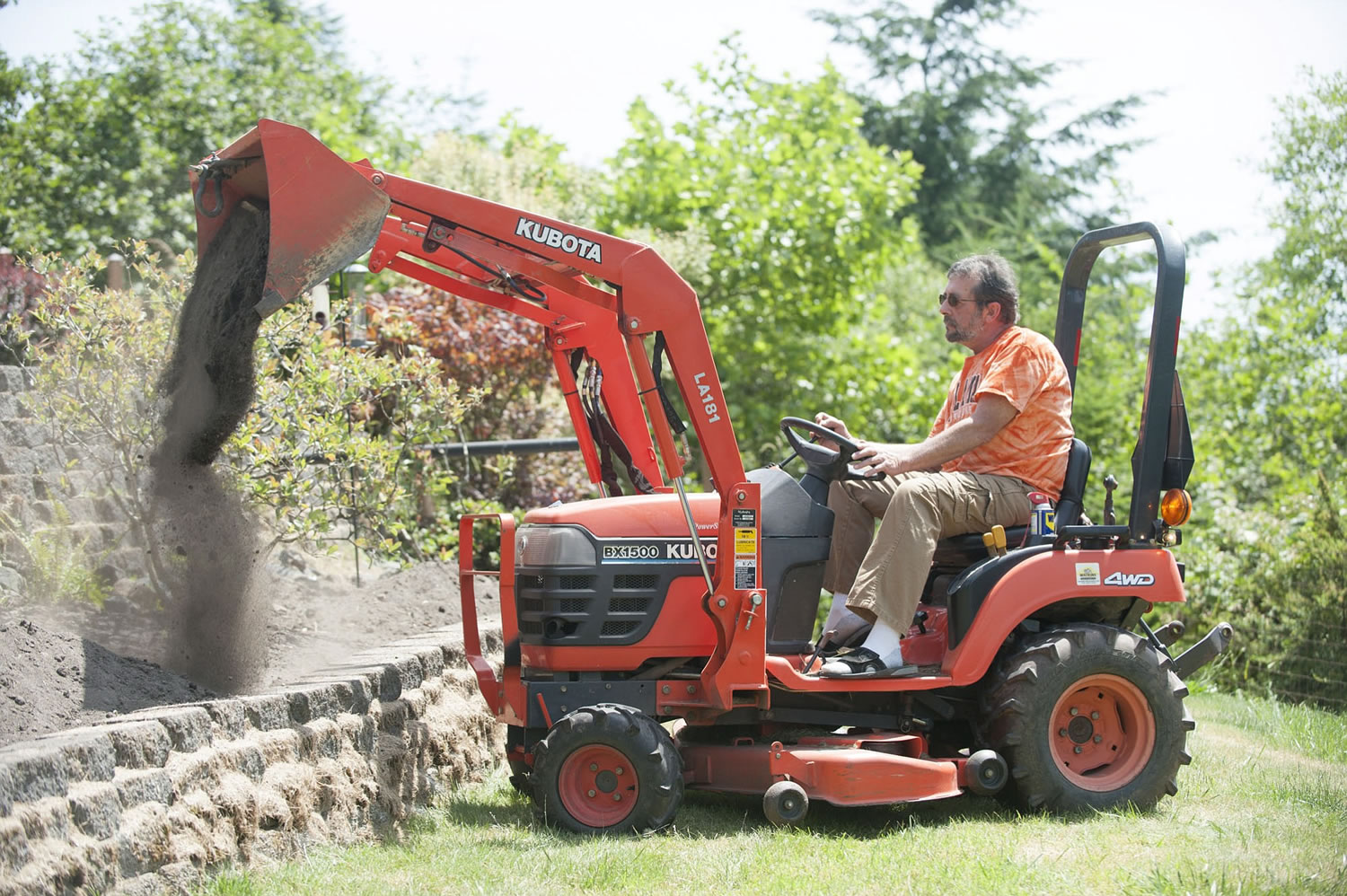Rick Dobson begins every morning with meditation. He focuses on leaving yesterday behind and preparing for the challenges that lie ahead of him that day.
“There’s a huge sense of dread when you wake up because you know it’s going to be a fight all day long,” the 58-year-old said.
Dobson’s daily fights are much different than those of most people. His first fight is getting dressed — and doing so without putting his pants on backward.
“It’s like lying on your back, writing above your head, backwards, and with your left hand,” he said. “That’s how my life is right now.”
Thirteen months ago, Dobson suffered an embolic stroke caused by a blood clot. The stroke left Dobson unable to move his arm, hand, leg or foot on the left side of his body. His left hand was frozen into a claw shape, and the left side of his face was numb. His vision was distorted, his hearing muffled.
In the days and months that followed, Dobson used mindfulness meditation to help him focus on his recovery and healing. And now, more than a year after the stroke, Dobson has made significant strides, according to his physicians.
“From Dr. Milfred’s perspective and my perspective, this is a pretty remarkable recovery,” said Dr. Hoa Ly, director of inpatient medical services at Legacy Salmon Creek Medical Center. Dr. Fatima Milfred is Dobson’s neurologist at Legacy Medical Group.
But that’s not to say Dobson has fully recovered physically or mentally — far from it.
“It almost turns into an invisible disability when you recover from some of the physical stuff,” said Dobson, who lives in Kalama.
Mindfulness has been an asset to Dobson’s continuing recovery, he said.
Mindfulness meditation helps people to become unconditionally present, maintaining a moment-by-moment awareness of thoughts, feelings, bodily sensations and surrounding environment. Mindfulness also involves acceptance, helping people to pay attention to their thoughts and feelings without judging them.
Studies have shown stroke patients who practice mindfulness have better outcomes, Ly said. After a stroke, many people are fearful, confused and angry. They also often experience mental fatigue, Ly said. Mindfulness can be used to help people stop fighting themselves and to redirect their energy toward healing, he said.
That’s precisely what Dobson did.
In the days after his stoke, Dobson experienced painful spasms in his muscles. Dobson used mindfulness to cope with the spasms, control his frustration and manage his fight-or-flight reflex.
Controlling the fight-or-flight reflex has proved to be one of the most important pieces of his recovery, Dobson said. While doing a task, even just walking, something will trigger a fear, such as falling, and Dobson’s body will release a shot of adrenalin. That jolt causes the aches and spasms in his muscles, Dobson said.
Through mindfulness, Dobson has been able to identify some of his triggers, such as riding in a moving car, and find ways to ease his fears.
“Having that mental process in place during the stroke was extremely important,” Dobson said.
Physically, Dobson is working to build his endurance. He’s found his limits for various activities — several hours when sitting and pulling weeds, but only a couple of hours when stacking wood — and is working to slowly push those limits further.
He’s conquered driving the tractor — a skill that took time and practice to reclaim — and was able to rebuild the carburetor on a car.
Other physical tasks remain difficult, though.
“I couldn’t work the belt, so I went to suspenders,” Dobson said. “You just make a fashion statement out of it.”
Dobson is still recovering in other ways, too. He’s working to improve his concentration and still struggles with communication.
“I could talk, but I couldn’t read,” Dobson said. “I could read scroll on the TV, but I couldn’t read a book. I just got the skill to read a book again.”
Reading a book proved to be more difficult because it requires more than simply reading words. In order to read the words, Dobson had to first be able to hold the book, learn how to orient the book — making sure it wasn’t upside down — and follow the lines and pages, he said.
“It’s just finding your way out of things,” Dobson said.
Dobson also struggles to visualize things when people talk. When he writes, words will often have backward letters. And he still can’t read a tape measure.
But he’s continuing to progress.
“For the first six to seven months, your brain feels like a rock,” Dobson said. “Now, it’s starting to feel like a sponge again.”
In the last year, Ly has told countless patients about Dobson’s successes. He hopes sharing Dobson’s story, and the role mindfulness played in his recovery, will encourage more patients to try meditation and to have hope for their own recovery and future, he said.
“It was a horrible experience, but it was an absolutely stunning experience in my development as a human being,” Dobson said.
“This is going to turn me into a better person,” he added.




